Oil on canvas, signed lower right.
65 x 41 cm
Octave Tassaert: Painter of human drama and social mysticism
Born in Paris in 1800 into a family of artists, Octave Tassaert was the son of engraver Jean-Joseph-François Tassaert and the grandson of painter Jean-Pierre-Antoine Tassaert. Trained in Guillaume Guillon Lethière's studio, he entered the École des Beaux-Arts in Paris in 1825.
Although influenced by the classical masters, he quickly moved away from them to embrace a more expressive style of painting, tinged with romanticism and deeply marked by a social conscience. In a 19th century troubled by political upheaval and social inequality, Tassaert distinguished himself with a singular, sombre and committed body of work. He chose misery, alcoholism, solitude and the condition of women as his favorite subjects, rejecting the conventional idealizations of his time. His powerful compositions, with their muted tones, depict a painful world, often populated by overwhelmed figures, in a vein close to that of Daumier or even Goya. A painter of melancholy and compassion, Tassaert's art is both realistic and symbolic, imbued with a secular mysticism. He is interested in the figure of Christ, not as a religious icon, but as a universal symbol of human suffering, sometimes depicted in the midst of the underprivileged. His works disturb as much as they move.
His works were often rejected at the official Salons, although he exhibited there on several occasions with some critical success. Cut off from the mainstream art world, Tassaert led a discreet, marginal life, often marked by material hardship. Lonely and disillusioned, he gradually sank into psychological distress, eventually ending his life in 1874, at the age of 74, by asphyxiating himself with coal.
Long forgotten, Octave Tassaert's work is now being critically rediscovered as a precedent for pictorial naturalism, but also as a singular, human voice at odds with the conventions of his time. He leaves behind a poignant body of work, imbued with the pain of the humble and the austere beauty of broken destinies.




















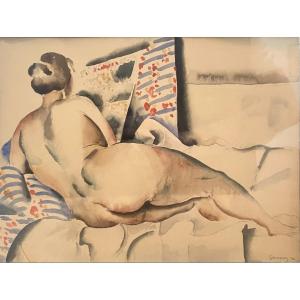


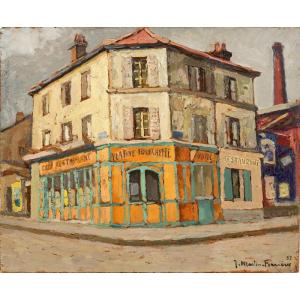
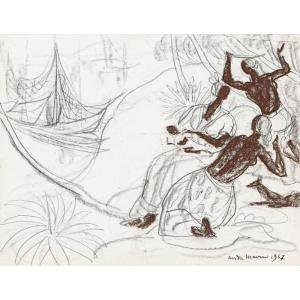
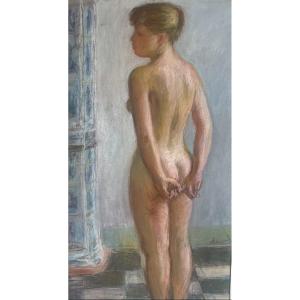

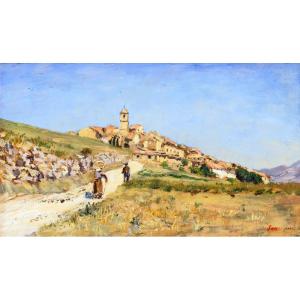

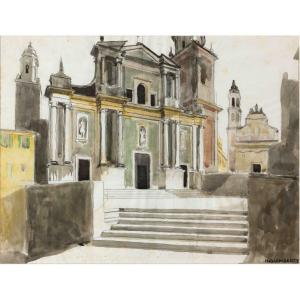


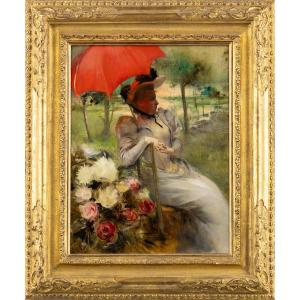
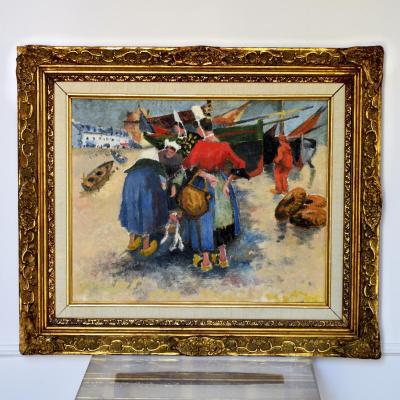




 Le Magazine de PROANTIC
Le Magazine de PROANTIC TRÉSORS Magazine
TRÉSORS Magazine Rivista Artiquariato
Rivista Artiquariato